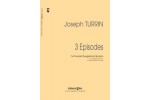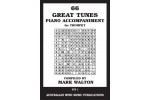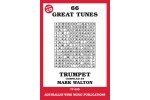Composed for the 2015 Nationals by Australian composer Michael Forsyth.
Honoris Causa (For the Sake of Honour) is inspired by the men and women who served in the ANZAC in the Great War of 1914 -18. The first movement commences in a solemn fashion introducing themes and motifs which are transformed in character throughout the piece. The purpose of this opening is to evoke a sense of the gratitude and respect from later generations. The ensuing fast section is comprised of
two main parts, the first of which contains rhythmic tension created by the juxtaposition of 4/4 and 7/8 time signatures. This is followed by a more rhythmically stable section in 5/8 which is occasionally shortened to 2/4. The central section of the first movement is a fugue whose thematic material is derived from the opening. After the fugue, the 5/8 material reappears followed by a recapitulation of the earlier faster section. The purpose of this section is to convey a sense of the battlefield through the combination of mixed metres and dissonance. A short transitional passage leads to the slow movement which is a meditation on the sacrifice and bravery of those who served their nations (Australia & New Zealand). Here, the melodic and harmonic style reflects the influence of Gregorian Chant, while the textures suggest a gentle organ improvisation that might be heard during a commemoration service. The cadenzas which occur near the start and end of this movement are intended to represent the individual contribution that so many willingly made. The energetic last movement is in rondo form. It is intended to portray the joy of homecoming and return to peace time. The brisk 6/8 material of the main theme is separated by march like episodes depicting jubilation. The piece concludes with the opening solemn timpani motif and a resounding major chord to emphasize that such bravery, sacrifice and honour must not be forgotten.







